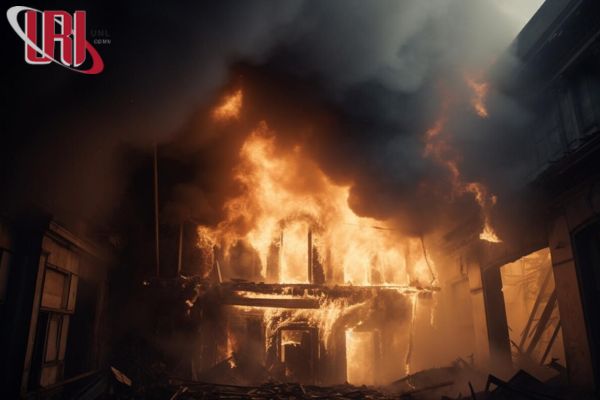Fire incidents are terrifying. It leaves a trail of destruction that needs extensive restoration efforts. Apart from the visible damage caused by the flames, the insidious effects of smoke and soot can linger.
Statista states, “ 2,440 fatalities are accounted for in fire-related incidents in 2021.”It necessitates a thorough restoration process.

One of the most pressing questions for homeowners and property managers facing crises is: how long will it take to restore the property to its pre-fire condition?
So, understanding the fire and smoke restoration timeline is paramount for managing expectations and planning for recovery.
1. Initial Assessment:
The restoration process comes up with a comprehensive assessment that certified professionals conduct. The initial step is evaluating the extent of fire damage, including the property’s structural integrity.
This degree of smoke and soot infiltration causes water damage from firefighting efforts. It depends on the size and complexity of the property assessment, which can take several hours to complete.
2. Mitigation:
Following the assessment, immediate action is often required to prevent further damage to the property. Emergency mitigation includes boarding windows and doors, tarping damaged roofs, and extracting standing water.
These initial steps are essential for securing the property and mitigating safety hazards. Depending on the severity of the damage, it takes anywhere from a few hours to a couple of days to complete.
3. Smoke and Soot Removal:
Smoke and soot particles can easily penetrate porous materials like walls, ceilings, furniture, etc. It leaves behind stubborn stains and odours. So, removing such contaminants needs specialized equipment and techniques.
This process of smoke and soot removal consists of thorough cleaning, deodorisation, and, in some cases, ozone generators. The method uses thermal fogging to neutralize odors. It depends on the type like:
4. Structural Lines:
After removing smoke and soot, you can give proper attention to repairing the structural damage caused by fire. It involves replacing damaged drywall, insulation, and flooring and replacing or repairing electrical wiring, plumbing, etc.
Structural repairs are the most time-consuming phase of the restoration process. It can take anywhere from several days to several weeks to complete, depending on the scope of the damage.
5. Content Cleaning And Restoration:
In contrast with structural repairs, fire and smoke damage can affect personal belongings and furnishings within the property.
Professional restoration services provide you with content cleaning and restoration services to salvage much of the homeowner’s possessions.
6. Technology Integration:
The advancements in technology, like drones and infrared-imaging postures, redefine everything. It revolutionises the restoration process. Drones can offer aerial assessments of damaged properties; on the flip side, infrared imaging can detect hidden moisture and structural damage. It expedites the assessment and mitigation phases of restoration.
7. Collaboration with Restoration Networks:
Large-scale disaster and restoration companies can easily collaborate within networks to pool resources and expertise. The collaborative approach can accelerate the restoration process by allowing multiple teams to work simultaneously on different aspects.
With growing awareness of environmental sustainability, some restoration companies are incorporating green practices into their operations. This includes using eco-friendly cleaning products, minimizing waste generation, and implementing energy-efficient solutions during fire and smoke restoration. While maintaining high effectiveness standards, these practices may slightly extend the timeline but contribute positively to environmental conservation efforts.
8. Final Inspection and Certification:
Once all restoration work has been completed, a final inspection is conducted to ensure the property has been fully restored to its pre-fire condition. This inspection typically involves a thorough property walkthrough to check for any remaining issues or deficiencies. Once the property passes inspection, it can be certified as safe for occupancy. Depending on the complexity of the restoration project, the final inspection and certification process can take anywhere from a few hours to several days to complete.
Fire and smoke restoration is a complex and multi-faceted endeavour that requires careful planning, expertise, and patience. While every restoration project is unique, understanding the general timeline of the restoration process can help homeowners and property managers better manage expectations and make informed decisions throughout the recovery process.
Property owners can expedite the restoration process and begin the journey towards rebuilding and recovery by working with certified restoration professionals and following a systematic approach.